I have a melted data set which also includes data generated from normal distribution. I want to plot empirical density function of my data against normal distribution but the scales of the two produced density plots are different. I could find this post for two separate data sets:
Normalising the x scales of overlaying density plots in ggplot
but I couldn't figure out how to apply it to melted data. Suppose I have a data frame like this:
df<-data.frame(type=rep(c('A','B'),each=100),x=rnorm(200,1,2)/10,y=rnorm(200))
df.m<-melt(df)
using the code below:
qplot(value,data=df.m,col=variable,geom='density',facets=~type)
produces this graph:

How can I make the two densities comparable given the fact that normal distribution is the reference plot? (I prefer to use qplot instead of ggplot)
UPDATE:
I want to produce something like this (i.e. in terms of plot-comparison) but with ggplot2:
plot(density(rnorm(200,1,2)/10),col='red',main=NA) #my data
par(new=T)
plot(density(rnorm(200)),axes=F,main=NA,xlab=NA,ylab=NA) # reference data
which generates this:


